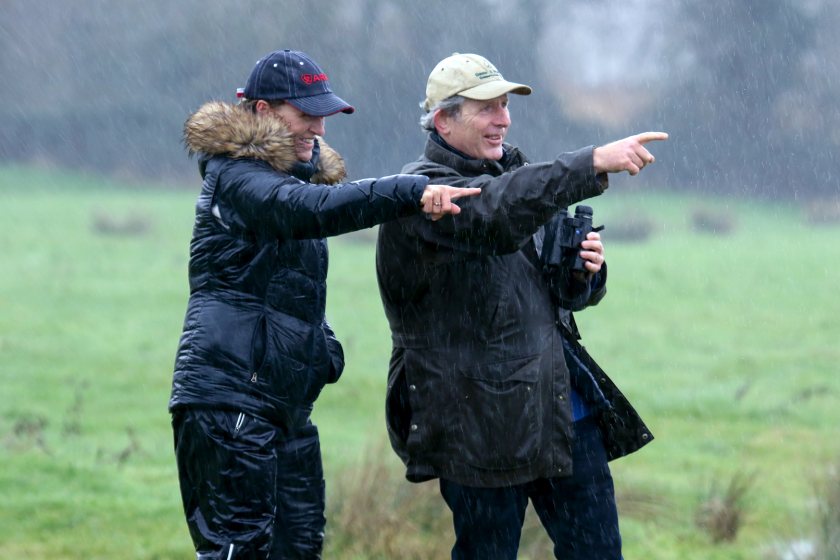
The UK's nationwide survey of farmland birds undertaken voluntarily by farmers and land managers each year is well underway.
The initiative, which ends on 14 February, sees farmers across the UK spending 30 minutes of their time counting the bird species they encounter.
The project helps show which farmland birds are benefitting from conservation efforts while identifying the species most in need of help.
Last year more than 1,500 people farmers and land managers took part in the count, which is organised by the Game & Wildlife Conservation Trust (GWCT).
Dr Roger Draycott, who organises the count for the GWCT, said the initiative was a 'great way' to demonstrate what could be achieved on Britain’s farms.
"We know from decades of our research that simple, practical measures can massively increase farmland bird numbers. And we want land managers to be proud of their efforts.”
Suffolk arable farmer Graham Denny is taking part in this year's count, and he said it proved farming was nature friendly.
"Many of us have tirelessly tried to stop the decline of farmland birds and many of us have bucked that trend long ago," he said.
"Shoots who regularly feed have also been a mainstay of farmland birds with cover crops and feeding supporting huge flocks of birds.
"This is your chance to contribute to a national count that proves farming and shooting are as nature friendly as we have ever been and are, in fact, conservation’s greatest hope.”
The Big Farmland Bird Count is sponsored by the NFU, and also has the support of the Farmers’ Union of Wales (FUW) and the Ulster Farmers’ Union (UFU).
NFU President Minette Batters, who farms in Wiltshire said: “This year’s count highlights perfectly how farmers are balancing their roles as food producers alongside work in protecting and maintaining the environment.
"Over generations farmers have carried out a huge amount of work on farm to encourage wildlife by managing existing habitats and creating new ones specifically to help farmland birds."
How do I get involved?
The Game & Wildlife Conservation Trust says taking part is easy.
Farmers have to pick one day between now and until 14 February, download a count sheet and spend 30 minutes recording the number and species of birds seen on one area of land.
Participants are advised by GWCT to choose somewhere they know they are likely to see some birds, such as an area of wild seed mix, or somewhere they regularly spread bird seed, or a field with a tall hedge and a good field margin.
A spot with a good view of around 2 ha of the farm would be ideal, the group says.
